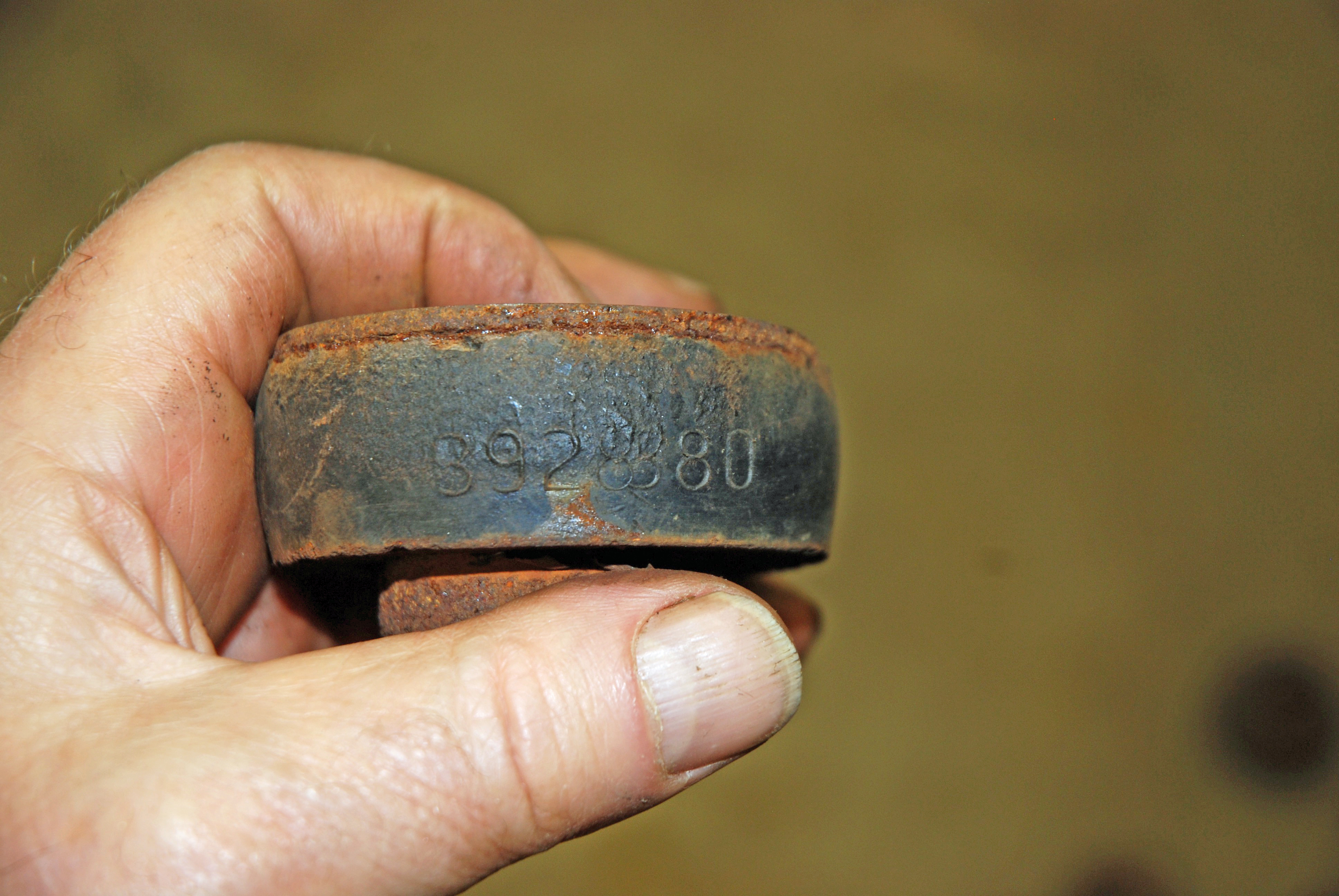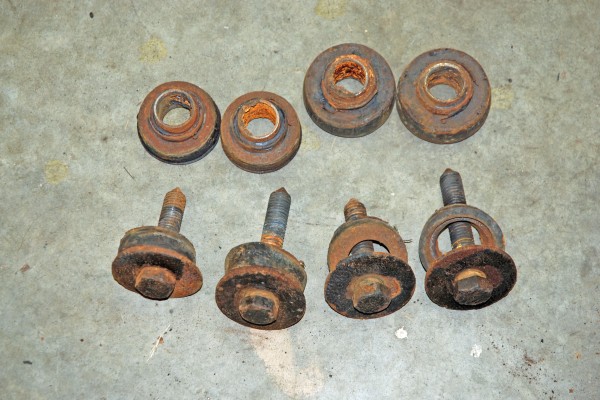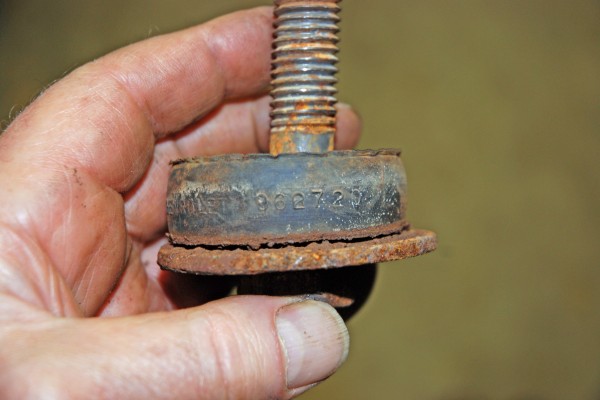
First- and second-generation Camaros and Firebirds (1967-81), along with 1968-up Novas and other GM X-body derivatives, were built with a big, bolt-on front subframe assembly. This huge subframe was originally held in place with only four rubber and steel cushions for the actual body and two smaller rubber and steel cushions for the radiator support. The rubber in these stock mounts eventually deteriorates and allows flex to become an issue. This flex can compromise a vehicle’s handling during straight-line driving and cornering.
Suffice it to say, flex is not your friend.
Fortunately, companies like Summit Racing offer several different body bushings to fix the flex, including stock-style rubber bushings, urethane bushings, and solid mounts.
Each of the bushing styles has its advantages and disadvantages. If your car is close to stock and is perhaps a restoration, then the stock-style rubber bushings are likely the best bet. The urethane bushings provide stiffness and superior performance, while the solid mounts eliminate any and all flex. Solid mounts, on the other hand, transmit the biggest vibes through the car. Rubber bushings are the smoothest and quietest, and urethane bushings fall somewhere in the middle. You can read more about the different types of bushing materials here, but this article will focus on solid bushings.
If you have a Camaro or Nova (or a derivative), one of the coolest arrangements is the solid-mount package from Detroit Speed. These mounts are CNC machined from billet aluminum and then hard coated. The hard coating resists corrosion that often occurs between steel and aluminum surfaces. The Detroit Speed body mounts come with a set of machined, bevel, stainless steel washers that fit under the fastener. (You can order the mounts with an optional set of 17-4 stainless steel flanged bolts from ARP.) Detroit Speed body mount bushing kits also include a set of billet aluminum radiator core mounts, which are profile-milled and hard anodized like the body mounts.
Summit Racing offers Detroit Speed mounts in two different heights: stock or ½ height. The ½ height mounts will shorten the distance between the subframe and body, lowering your car by approximately ½-inch for improved cornering. Keep in mind, though, moving the subframe upward can alter the relationship between the steering column and the steering box. It also moves the transmission up in the car by ½-inch, and can effect the relationship in the clutch linkage. The moral of the story: Be prepared for some slight fit adjustments if you use shorter-than-stock mounts.
So is it possible to use a 1967-69 Camaro mount kit on something like a Nova?
While the subframes are nearly identical, the Nova used a short spacer on the pair of body mounts nearest the firewall. The Camaro did not use this spacer, but you can reuse your existing spacers or choose the Nova bolt kit, which includes these spacers.
The following are Summit Racing part numbers for the various Detroit Speed bushings we examined:
Description Part Number
Stock Height Mounts 010301
½ height Mounts 010201
Bolt Kit with Body Mount Spacers 010803
Bolt Kit without Spacers 010801
When the time comes to install the body mount kit with stainless ARP fasteners, we offer this rather important piece of information: Be absolutely positive the threads of the stainless bolts are covered with anti-seize, because galling is a common issue with stainless fasteners. The dilemma can be so bad the parts actually weld themselves together. This is known as “friction welding,” and it’s more common than you think. Always use anti-seize on stainless steel fasteners.
For a closer look at Detroit Speed’s cool body mount bushing sets (and other body mounts), check out the photos below:













how do these work if the hotrod 69 Camaro im building needs to go the other way? I need to elevate the body for the look im after would a taller spacer work?